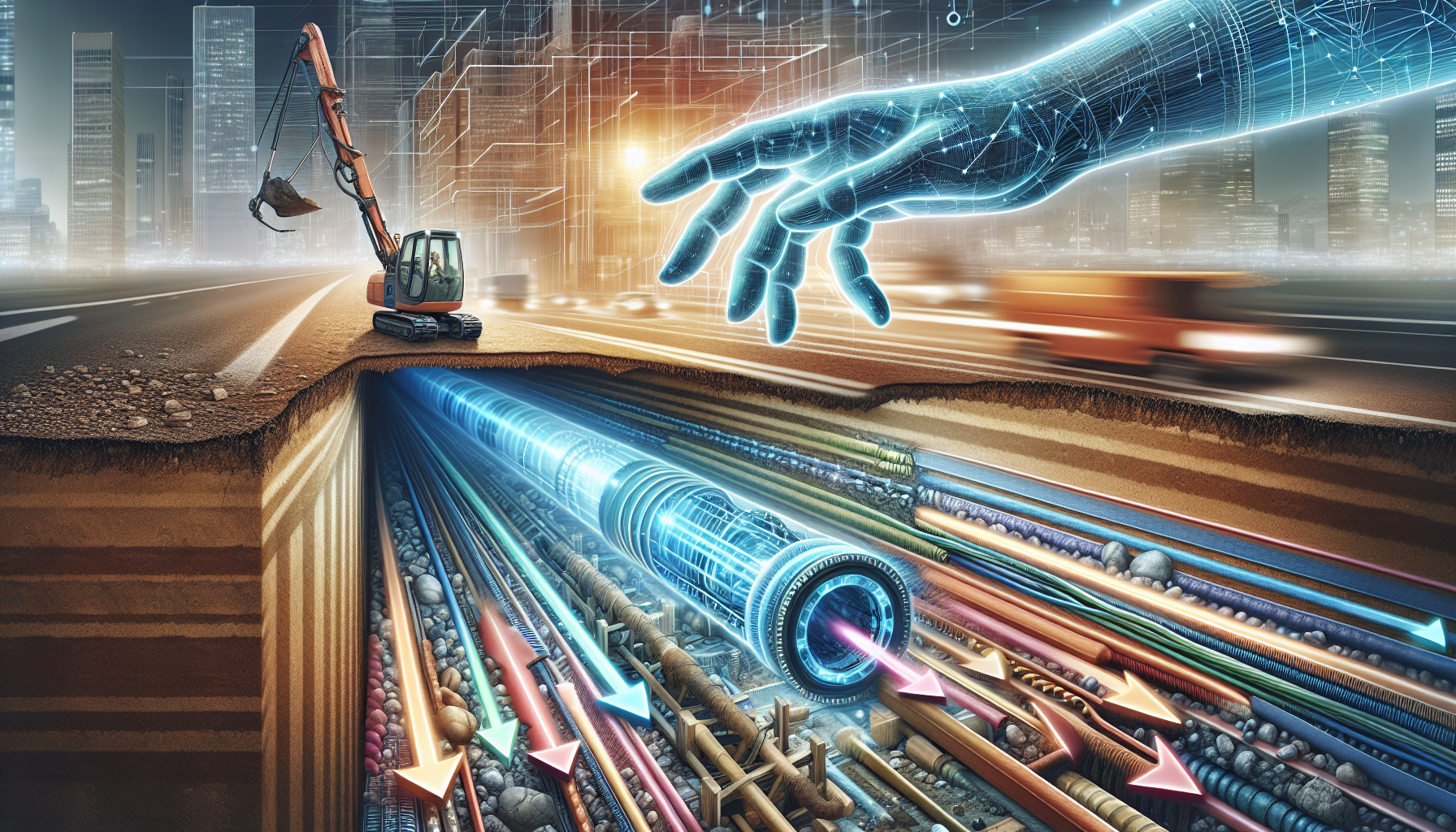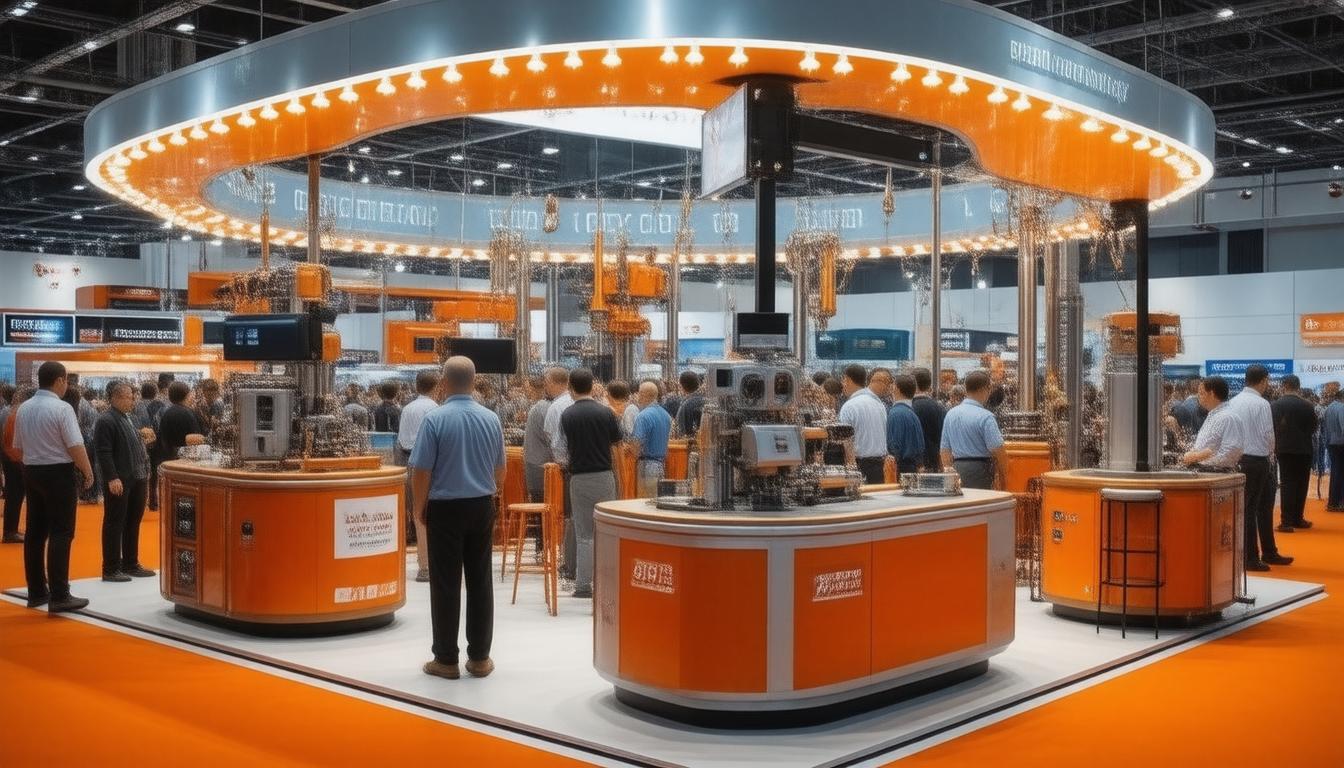
In recent years, one of the most significant yet understated advances in urban infrastructure has been the development of trenchless sewer technologies. Gone are the days when repairing or replacing underground pipes required extensive excavation, disturbance to communities, and significant environmental impact. Trenchless sewer technologies have been around since the 1970s, but their techniques have seen stealthy advancements making them the preferred choice for modern sewer repair and replacement projects.
What is Trenchless Sewer Technology?Before diving into the advancements, let’s understand what trenchless sewer technology entails. In essence, it involves several methods used to lay down, repair, or replace pipes without the need for full-scale trench digging. It minimizes surface disruption, preserves landscape and hardscape, and can often be a more cost-effective option. Cured-in-place pipe (CIPP), pipe bursting, and horizontal directional drilling are some of the most common trenchless sewer techniques in use today.
Innovation in Inspection: Smart Cameras and SensorsOne key area of advancement in trenchless technology is inspection. Modern smart cameras and sensors can now navigate through sewer lines, providing real-time feedback and high-resolution images to operators on the surface. This technology allows for a more accurate assessment of a sewer’s condition, enabling precise targeting of repairs. These sophisticated cameras can also map pipe layouts, a previously time-consuming task that often involved guesswork.
Cured-In-Place Pipe (CIPP) InnovationsCIPP has revolutionized how we rehabilitate existing sewer lines. The process involves inserting a resin-saturated liner into an old pipe, which is then cured to form a new pipe within the old one. Recent advances include eco-friendly resins and the ability to cure liners using UV light instead of steam or hot water, greatly reducing the energy requirement and the environmental footprint of the rehabilitation work.
Efficiency Boost in Pipe BurstingPipe bursting is another trenchless technique that has seen substantial improvements. It involves breaking the existing pipe while simultaneously pulling a new pipe into place. Modern pipe bursting systems are more efficient, causing less ground disturbance and offering the ability to replace pipes with larger diameters, improving system capacity without the need for larger digging operations.
Horizontal Directional Drilling: Precision and PowerHorizontal directional drilling (HDD) allows for the installation of pipes along a predetermined path at various depths and angles without disturbing the surface above. The precision of HDD machines has improved dramatically with better guidance systems and drilling technologies, permitting operators to navigate around existing underground infrastructure and minimize the risk of damage or disruptions.
Material Chemistry: Stronger, Durable, Eco-Friendly PipesThe pipes themselves, used in trenchless sewer projects, have also seen advancements. New material formulations have led to the development of pipes that are not only more durable and longer-lasting but also more environmentally friendly. These materials can better withstand corrosive environments found in sewer systems, reducing the frequency of repairs and replacements.
Futuristic Automation and RoboticsThe trenchless technology industry is starting to adopt robotic systems and automation for tasks that are dangerous or require high precision. Robotic cutters can precisely remove obstructions or make holes in existing pipes for connections, while some processes of CIPP installation are becoming increasingly automated, resulting in consistent quality and safety improvements for workers.
ConclusionTrenchless sewer technology may operate out of sight, but its impact on modern city life is unmistakable. It represents the unseen heroes of urban infrastructure, quietly protecting public health and the environment while ensuring the seamless operation of one of civilization’s most vital systems. With ongoing research and development, trenchless technology will continue to evolve, offering smarter, more sustainable, and less disruptive solutions for maintaining our sewer systems.






